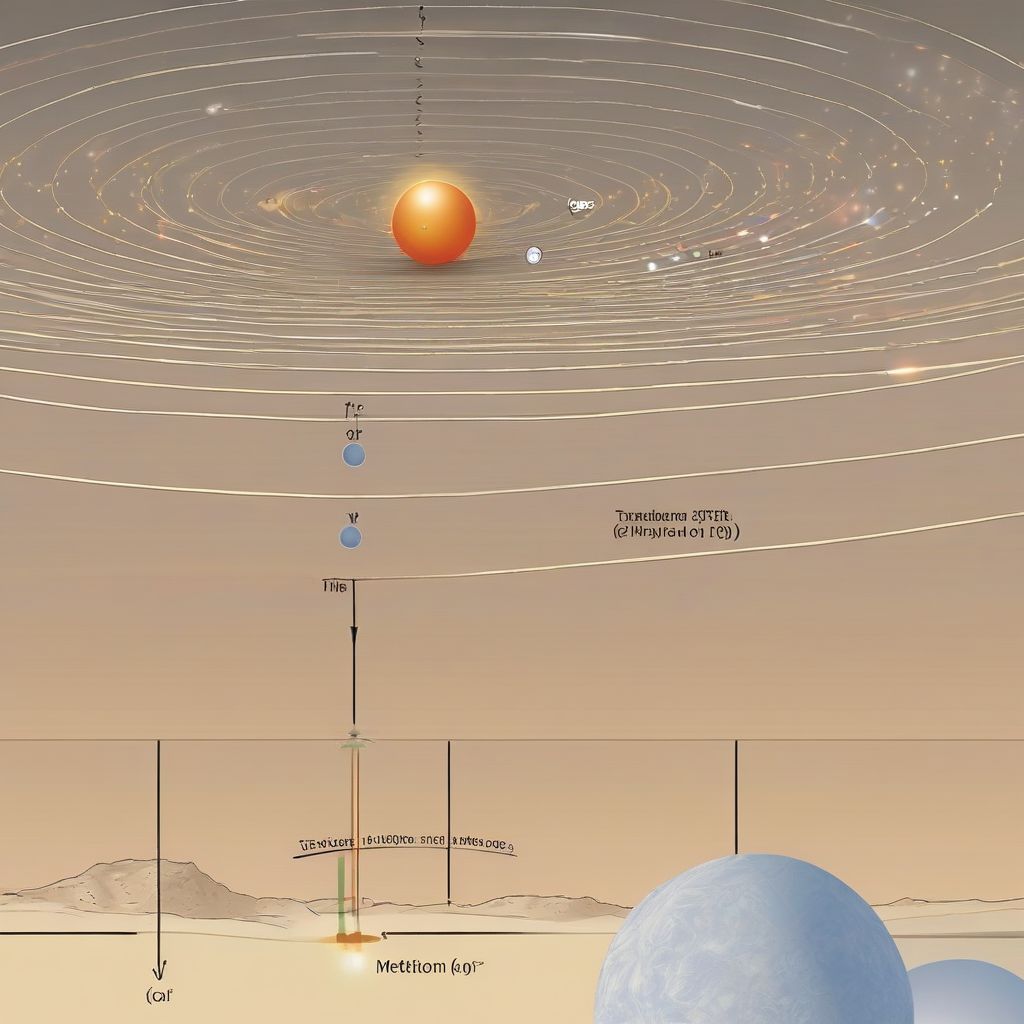For millennia, humans have gazed at the stars and wondered if other planets, like our Earth, orbit distant suns. Today, thanks to ingenious scientific methods, we not only know that exoplanets exist but have confirmed thousands of them! Ever wondered how scientists accomplish this incredible feat? Let’s dive into the fascinating world of exoplanet detection.
The Hunt for Hidden Worlds: Primary Detection Methods
Scientists employ several clever techniques to find exoplanets, each with its own strengths and limitations. The two most successful methods are the transit method and the radial velocity method.
The Transit Method: Observing a Tiny Dip
Imagine a tiny flea crawling across a giant spotlight. You might not see the flea itself, but you’d notice a slight dimming of the light. The transit method works similarly. When an exoplanet passes in front of its star (from our perspective), it blocks a small fraction of the star’s light. This dip in brightness, while minuscule, can be detected by sensitive telescopes. The larger the planet, the more light it blocks, and the more pronounced the dip.
The Radial Velocity Method: A Star’s Wobble
Just as a planet is gravitationally bound to its star, the star is also slightly affected by the planet’s gravity. This gravitational tug causes the star to wobble ever so slightly. Scientists can detect this wobble by observing the Doppler shift in the star’s light. As the star moves towards us, its light appears slightly bluer; as it moves away, it appears slightly redder. This subtle shift reveals the presence of an unseen planet and even provides clues about its mass.
Confirming the Discovery: Ruling Out False Positives
Detecting a potential exoplanet is just the first step. Scientists need to confirm their findings and rule out other phenomena that might mimic a planetary transit or radial velocity signal.
Follow-up Observations: Piecing Together the Puzzle
Once a potential exoplanet is identified, scientists use other telescopes and instruments to gather more data. This might include observing the system at different wavelengths of light, or using adaptive optics to improve the image quality and minimize atmospheric distortion.
Independent Verification: The Gold Standard
The most compelling confirmation comes from independent verification using a different detection method. For example, if a planet is initially detected using the transit method, confirming its existence using the radial velocity method provides strong evidence that the signal is indeed from an orbiting planet.
Beyond Detection: Characterizing Exoplanets
Once an exoplanet is confirmed, scientists can begin to study its properties, such as its size, mass, and even its potential atmosphere.
Atmospheric Analysis: Searching for Biosignatures
Analyzing the light that passes through an exoplanet’s atmosphere can reveal its chemical composition. Scientists are particularly interested in finding biosignatures – molecules that could indicate the presence of life, such as oxygen, methane, or water vapor.
The Search for Another Earth: A Continuing Quest
The ultimate goal of exoplanet research is to find another Earth – a planet similar in size and composition to our own, and located within the habitable zone of its star, where liquid water could exist on the surface.
 Exoplanet Transit Method
Exoplanet Transit Method
Expanding our Understanding of the Universe
The study of exoplanets has revolutionized our understanding of planetary systems. We’ve discovered planets unlike anything in our own solar system – hot Jupiters, super-Earths, and mini-Neptunes – challenging our preconceived notions about how planets form and evolve. Each new discovery brings us closer to answering the fundamental question: are we alone in the universe?
Conclusion
The detection and confirmation of exoplanets is a complex and exciting field of research. Through ingenious methods like the transit and radial velocity techniques, scientists have uncovered thousands of these distant worlds, expanding our understanding of planetary systems and fueling the search for life beyond Earth. This exploration continues to push the boundaries of human knowledge and inspire us to keep looking up at the stars, wondering what other secrets they hold.
We encourage you to share your thoughts and questions in the comments below. What excites you most about the search for exoplanets? Do you believe we will eventually find another Earth? Let’s keep the conversation going!



